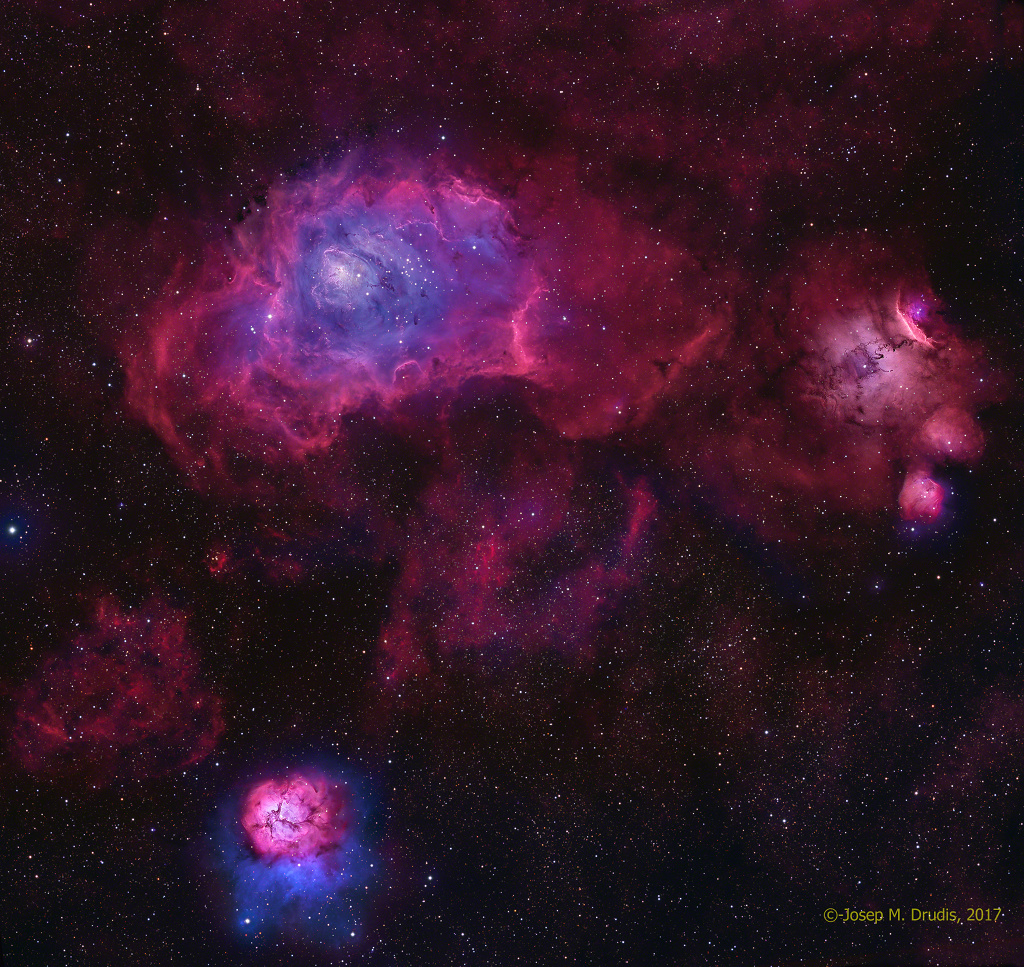After six weeks on the road, the two ICARUS modules have finally arrived at Fermilab near Chicago, Illinois. The Italian-made detector will be put to work, along with two others on the Fermilab site, to capture and inspect one of the most enigmatic particles in the cosmos: neutrinos. Neutrinos are among the most abundant particles in the universe, but little is known about them because they rarely interact with ordinary matter. The ICARUS detector will use Fermilab’s neutrino beam to measure the properties of the three types of neutrinos that have been seen, and search for a long-theorised but never-detected cousin.
“We’ve seen hints that there might be a fourth kind of neutrino, but we haven’t detected it yet,” said Fermilab scientist Angela Fava, a member of the ICARUS collaboration. “The ICARUS experiment will join our suite of neutrino detectors to help us resolve this long-standing, open question of whether there is indeed a fourth member of the neutrino family.”
The ICARUS experiment was designed and built at Gran Sasso Laboratory in Italy and started its career as a neutrino hunter in 2010. In 2014, scientists transported ICARUS to CERN for updating and refurbishment, and in June packaged and shipped it to Fermilab, where it will start the next phase of its life.
Over the last six weeks ICARUS has traveled across land and sea by truck, barge and ship. On the outside the two modules look like extra-large shipping containers, but inside the walls are lined with incredibly delicate panels of wires.
“The wire planes look like enormous harps and are very fragile,” says Andrea Zani, a researcher at CERN. “We worked for several months to prepare for the shipment and ensure that our detectors arrive in the US safety. However, you can never control everything, especially the passage across the sea.”
Zani and his colleagues attached impact sensors onto the shipping containers to measure if their irreplaceable detectors met any unexpected turbulence during their journey to the United States. From CERN, the modules traveled by truck to Basel, where they were lifted onto a barge and then cruised down the Rhine river to Antwerp, Belgium, and then into the Atlantic. Luckily, the ocean was calm during the two-week voyage to the Gulf of Saint Lawrence in Quebec, Canada. From there, ICARUS snaked its way up the Saint Lawrence River, drifted through Montreal, traversed the Great Lakes and finally docked in Burns Harbor, Indiana, on Lake Michigan. The last leg of the journey was a slow three-day drive to Fermilab.
“We met the convoy every time it stopped to check the shock sensors and verify that CERN’s handling instructions were respected during all operations of movement from one means of transport to the other,” Zani said. “An unexpected challenge was learning about and abiding by the different transport regulations in Europe and the United States.”
Now that ICARUS has finally arrived at Fermilab, the next step will be a series of final checks followed by its installation inside a building specifically constructed and outfitted for it, and preparing it for operation.
“It feels good to have ICARUS here in its new Midwestern U.S. home," Fava said. "And now that it is, we can go full-bore in hunting down that elusive fourth.”
